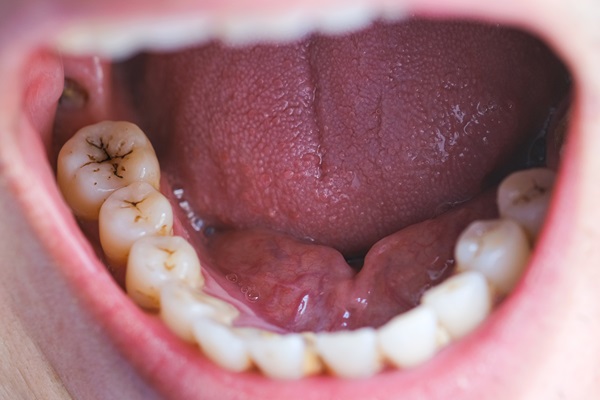What to Know About Dental Filling Material Options

When treating a cavity, your dentist needs to remove the decaying portion of the tooth and then “fill” it with a dental filling. The material is beneficial for repairing broken, decayed, and worn down teeth. Tooth decay only gets worse, which makes it extremely important to treat it as soon as possible.
Using dental filling to address tooth decay
Most people do not even notice when tooth decay has already begun in their teeth. Upon eating something, bacterial plaque forms on the teeth, converting sugars in food into edits acids. These acids break down the structures of teeth, causing decay.
As the hard enamel breaks, the decay starts to penetrate into the inner layers of teeth. Eventually, a cavity is formed on the tooth. At first, tooth decay does not cause any symptoms. However, as soon as it reaches the dentin layer, it starts to cause pain since dentin comprises tiny, sensitive nerve endings. This can make chewing and biting painful. Cavities also make it easier for food particles to get stuck on teeth.
Types of dental filling used to treat decay
There are various dental filling materials available out there. These include:
1. Silver amalgam
This dental filling material consists of mercury, tin, silver, copper, and zinc. It is durable and can also withstand chewing forces. It is also more affordable than some other materials used as a dental filling, like glass ionomer.
However, the color of the silver fillings might not match the natural color of the patient’s teeth. Silver amalgam fillings are also more likely to crack as teeth expand. It is also prone to cracks and fractures, especially in the presence of hot and cold liquids.
2. Composite resin fillings
This involves filling cavities with tooth-colored plastic and glass mixtures. It can be micro-mechanically bonded to the tooth structure, which ensures extra support. Plus, it is quite versatile, as it can be used to repair worn, broken, and chipped teeth as well. However, it is not very durable. It takes about 45 minutes to fill up a cavity with composite fillings.
3. Glass ionomer
These consist of glass particles. They are usually perfect for young children and cavities under the gum line. They also release fluoride, which protects the tooth from any further decay.
However, glass ionomers also have certain disadvantages. They are subject to wear and tear, especially fracture. They are also weaker than composite resin and generally last for around five years.
Stop cavities in their tracks with a dental filling
The American Dental Association recommends visiting a dentist at least twice a year to get your teeth checked. It allows the dentist to detect cavities in their early stages before they cause severe structural damage to your teeth. Untreated cavities will eventually lead to the total loss of a tooth or infection when left untreated. When was your last dental check-up? Call or visit our Saginaw clinic to set up an appointment with our dentist.
Request an appointment here: https://yourbrilliantsmile.com or call Kevin S. Bone D.D.S. at (989) 272-4253 for an appointment in our Saginaw office.
Check out what others are saying about our dental services on Yelp: Dental Filling in Saginaw, MI.
Recent Posts
Curious about dental fillings? Read on to learn more about this common dental restoration. The mouth serves as a gateway to our overall health, and the condition of one's teeth can offer insights into various aspects of our well-being. One of the major ways to maintain good oral health is to promptly address dental decay…
It's safe to say that you may have a dental fillings if you are reading this. Having a cavity filled is one of the top reasons a patient goes to the dentist. A filling is necessary once the tooth enamel begins to break down. A filling will stop the cavity from spreading or getting any…
Going to the dentist has never been on anyone’s fun to-do list, and dental fillings have always been associated with needles and pain, and in today’s world, those ideas can not be further from the truth. The medical world has changed dramatically over the years, and going to the dentist is nothing now compared to what…
Dental fillings are the first line of defense when it comes to stopping tooth decay in its tracks. Tooth decay is caused by the acids created by oral bacteria. These microorganisms feast on food particles that are left on teeth surfaces after meals, converting the sugars in them into acids that eat away at teeth…


